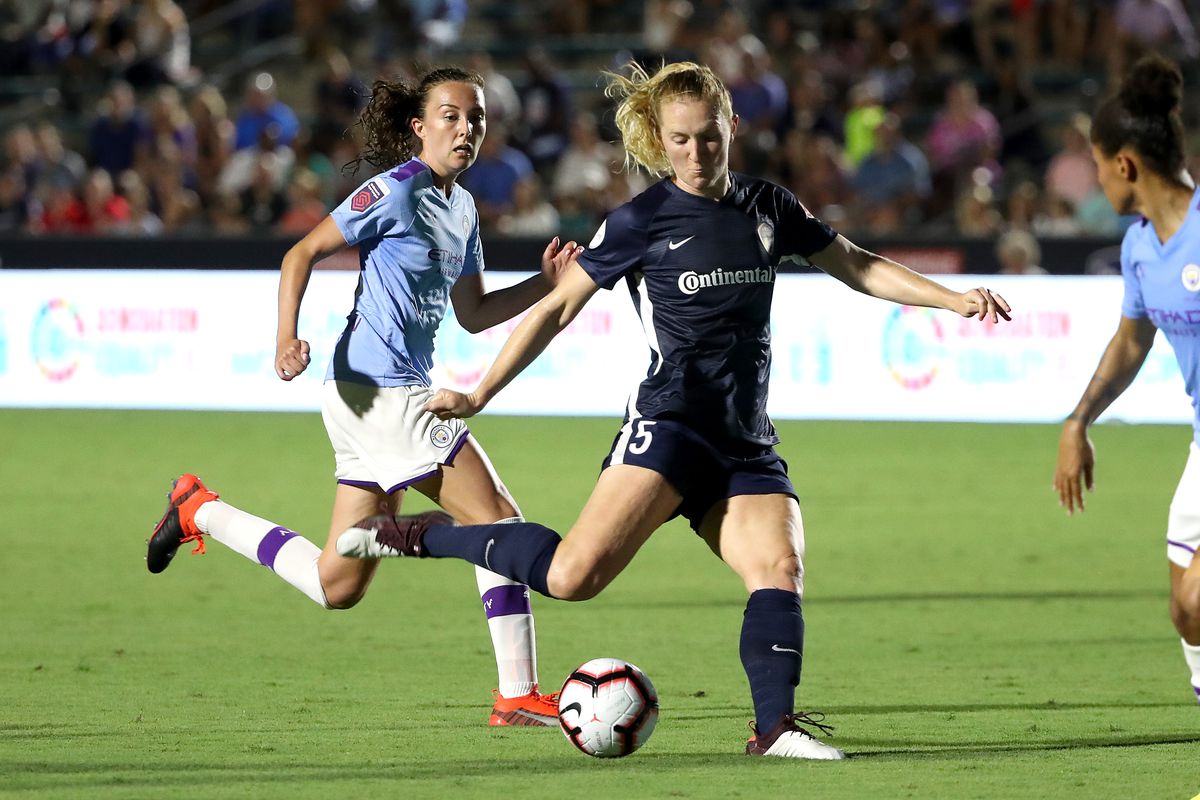German football is renowned worldwide for its rich history, passionate fan base, and competitive leagues. While the top tiers, such as the Bundesliga and 2. Bundesliga, enjoy the spotlight, there is another exciting and crucial level of competition that often goes unnoticed – the Regionalliga. In this article, we will delve into the signi cance of the Regionalliga and explore its role as the 4th tier of German football.
Understanding the Regionalliga:
The Regionalliga is a tiered football league system in Germany that sits just below the 3. Liga, which is the country’s third-tier professional league. It was introduced in 1994 to bridge the gap between the semiprofessional and amateur levels and the fully professional leagues like the 3. Liga and the higher divisions.
Structure and Regions:
The Regionalliga is divided into ve regional divisions: Regionalliga Nord, Regionalliga Nordost, Regionalliga West, Regionalliga Südwest, and Regionalliga Bayern. Each division covers special geographical regions in Germany, and teams are grouped based on their location to reduce travel distances and expenses.
Promotion and Relegation:
Promotion and relegation within the German football league system are critical elements that drive competition and motivate teams to perform at their best. The champions of each Regionalliga division earn direct promotion to the 3. Liga, while the teams nishing at the bottom face relegation to their respective Oberliga, the fth tier of German football.
Furthermore, the Regionalliga also serves as a stepping stone for ambitious clubs seeking to climb the ladder to higher divisions. The three runners-up of the Regionalliga divisions and the team nishing 16th in the 3. Liga participate in a playoff tournament. The two playoff winners earn a spot in the 3. Liga for the next season.
Importance and Development of Young Players:
One of the primary roles of the Regionalliga is to serve as a nurturing ground for young talents. It allows budding footballers to gain valuable experience, exposure, and development within a competitive and challenging environment. Many professional clubs in Germany use the Regionalliga to scout and develop young prospects before promoting them to higher levels.
Local Rivalries and Fan Culture:
The Regionalliga fosters local rivalries and intense derbies as teams from neighboring regions face off against each other. These matches often attract passionate fans who bring color and vibrancy to the stadiums. The sense of community and identity attached to these clubs is an essential aspect of German football culture, contributing to the league’s allure.
Financial Challenges and Amateur Status:
Despite its role in developing talent and fostering local passion, the Regionalliga faces nancial challenges. Many clubs operate on tight budgets, and the amateur status of some teams means they rely heavily on volunteers and local support. However, this grassroots approach also adds to the league’s charm, re ecting the deep-rooted love for the sport at the community level.
The Regionalliga, as the 4th tier of German football, plays a crucial role in the nation’s football pyramid. It serves as a competitive platform for aspiring clubs and young players to showcase their skills and move up the ladder to higher divisions. With its unique regional structure, passionate fan base, and focus on grassroots football, the Regionalliga embodies the essence of German football culture and continues to contribute signicantly to the sport’s development in the country.





